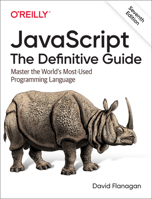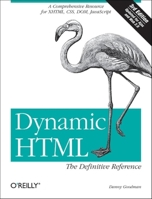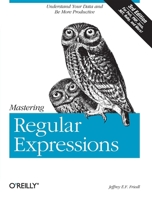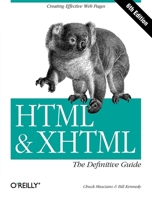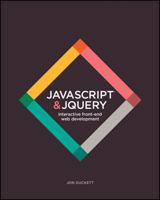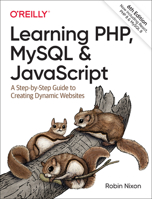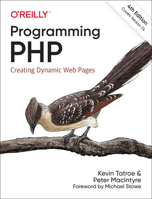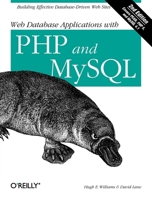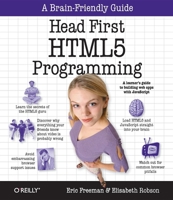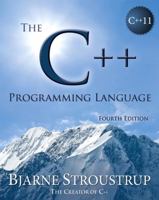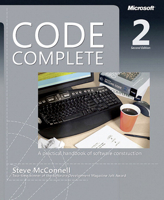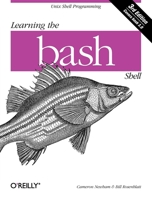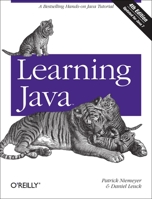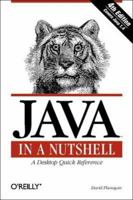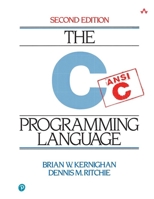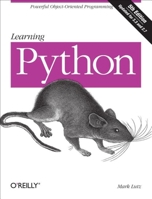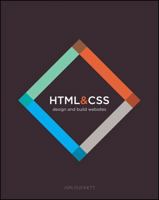CSS Cookbook
Select Format
Select Condition 
You Might Also Enjoy
Book Overview
Learn how to solve the real problems you face with CSS. This cookbook offers hundreds of practical examples for using CSS to format your web pages, and includes code samples you can use right away. You'll find exactly what you need, from the basics to complex hacks and workarounds.
Each recipe explains how to customize a solution to meet your needs, and each chapter features a sample design that showcases the topics discussed. You'll learn about the behavior of the latest browsers-including IE 8, Firefox 3, Safari 4, and Google Chrome--and how you can resolve differences in the ways they display your web pages. Arranged in a convenient format for quick reference, this third edition is a valuable companion for anyone working with CSS. Learn the basics, such as the CSS rule structure Work with web typography and page layout Create effects for images and other page elements Learn techniques for configuring lists, forms, and tables Design effective web navigation and create custom links Get creative by combining CSS with JavaScript Learn useful troubleshooting techniques Explore features of HTML5 and CSS3
Customer Reviews
Rated 5 starsCSS Clearly Explained
I highly recommend this book. I am not a specialist in web design, but did have a certification in HTML/XHTML before reading it, so I had some background. Major topics are Web Typography, Page Elements, Links and Navigation, Lists, Forms, Tables, Page Layouts, Print-Friendly functions, Hacks/Workarounds and miscellaneous designing issues. Each chapter is divided into subsections, and they are patterned as follows: - Statement...
0Report
Rated 5 starsGood Reference for All Levels of CSS Developer
I've recently had the pleasure of reading CSS Cookbook by Christopher Schmitt, published by O'Reilly (the people who put animal pictures on their tech books - seems silly, but now you know exactly who I mean, don't you?). While I do not recommend it as a beginner's guide to CSS, I recommend it for the bookshelf of current CSS developers, or perhaps if you have a basic knowledge of CSS (maybe you use it control fonts and colors,...
0Report
Rated 5 starsFind the complete answer and instructions fast
If you do any programming at all you soon learn of the immense value of programming cookbooks. This particular one came at a good time for me as I was trying to figure out how to create a particular effect for a web page and knew that it could be done with a cascading style sheet. A quick turn to the correct page and the code was right there along with an explanation of how it works. Twenty minutes later it was completely...
0Report
Rated 5 starsMust have for CSS developers
This book can save you a lot of pain in developing CSS on multiple browsers. There is a lot of detail in the recipes on where the browser rendering quirks are and how to create CSS that works on all browsers. That being said, this is not a book for CSS or HTML beginners. You need to understand the basic mechanics of the syntax and preferably have some experience with CSS before you pick this book up. This is a book for those...
0Report
Rated 5 starsThis is a very good, practical guide for putting CSS to use
O'Reilly's other books on CSS tend to be more for reference and learning, but this book, by Christopher Schmitt, contains good, practical advice for putting CSS to use. And as a bonus, this book covers the brand-new CSS 2.1 conventions. Like other "Cookbook" tech books, there are plenty of real-world cases and blocks of code that designers and developers can use or adapt in their own situations. There are plenty of "Hello...
0Report












